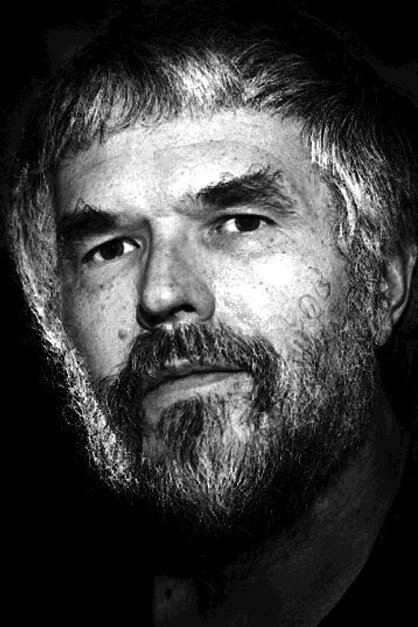
This very special film features a carefully curated selection of some of the priceless messages that have graced Anthology’s voicemail system over the years. From the historically important to the utterly (and sublimely) absurd, they feature a cast of characters ranging from legendary avant-garde filmmakers, scholars, and other cultural figures to civilians whose legend has (until now) been confined to the offices of Anthology, thanks precisely to their witty, eloquent, eccentric – or in some cases unforgettably psychotic – voicemails. We’ve toyed with the idea of sharing these messages in some form for years, and the “Imageless Films” series provides a perfect pretext.
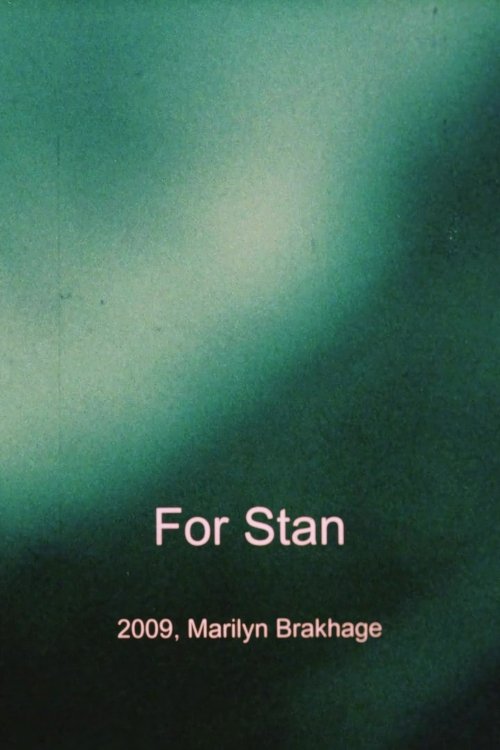
For Stan is a tribute film shot by Marilyn Brakhage of her husband at work with his camera in the late 1980s and early 90s – illuminating their close relationship.

In 1958 R. Igor Gamow first met Jane Brakhage. Peter Garrity, in his new documentary film, "Dinner with Brakhage and Gamow" follows their life long friendship and, of course, the resulting deep friendships of their two extended families. In 1960 George and Igor Gamow and Stan Brakhage initiated a dialogue in an attempt to understand, on many different levels, the schism that existed and still exists between the Arts and the Sciences. These discussions occurred, often at dinner, continued for the some 50 years
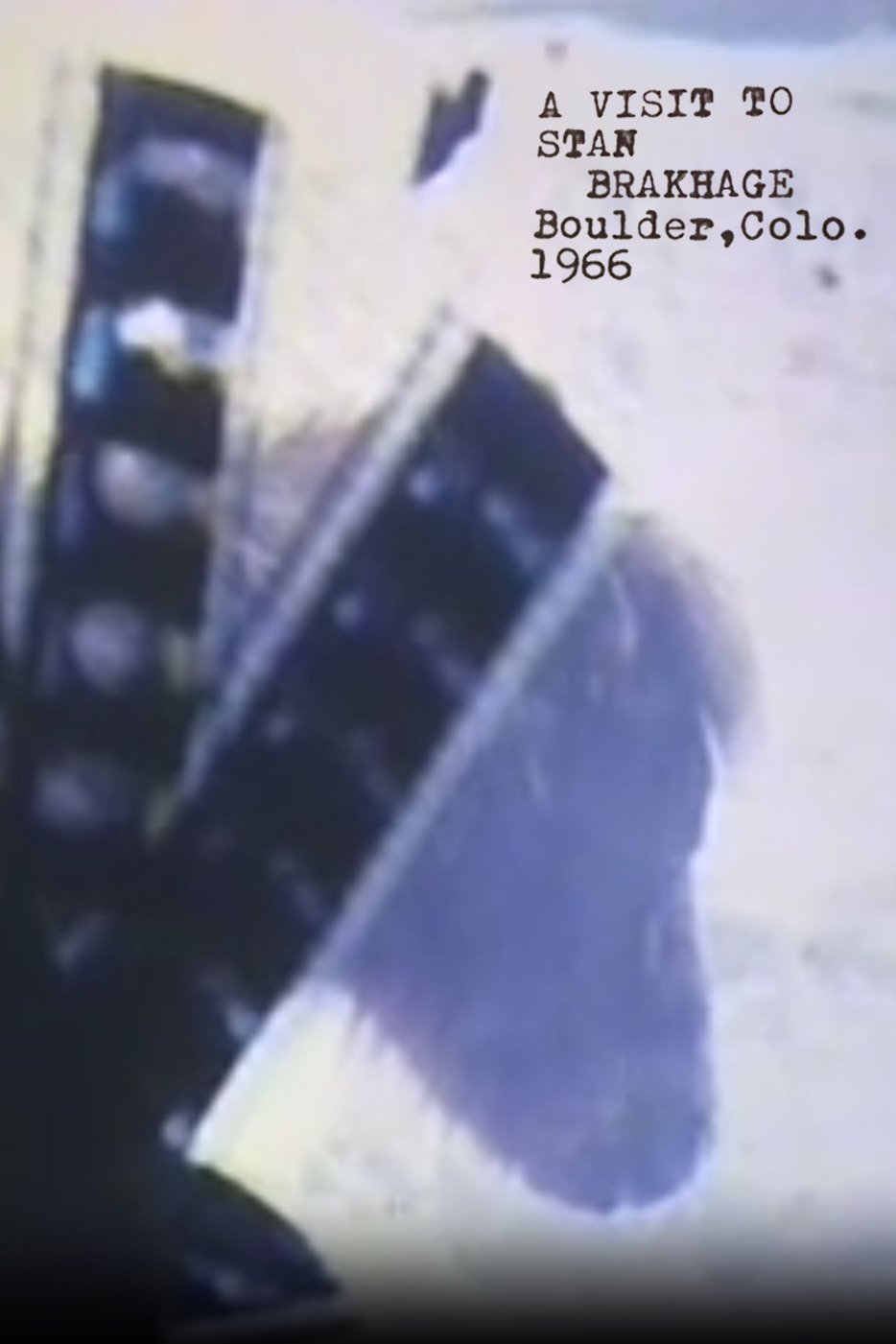
In late 1966 I visited Stan Brakhage in Rollinsville, Colorado. This is a portrait of Stan at home, with his family, his animals, and the surroundings, 9000 feet high.

In a voiceover Stan Brakhage articulates his resentments about the use of computers for art production and in general. This comment is contrasted by video imagery turning more and more abstract until it bursts into a sea of square pixels. The video is an ironic illustration of Brakhage's views as these "defunct" images reveal a kind of beauty of their own.
A portrait of Brakhage shot in Victoria, British Columbia, just a few months before his death. Filmmaker Pip Chodorov illustrates Brakhage's reflections on his art with short passages from his hand-painted films.
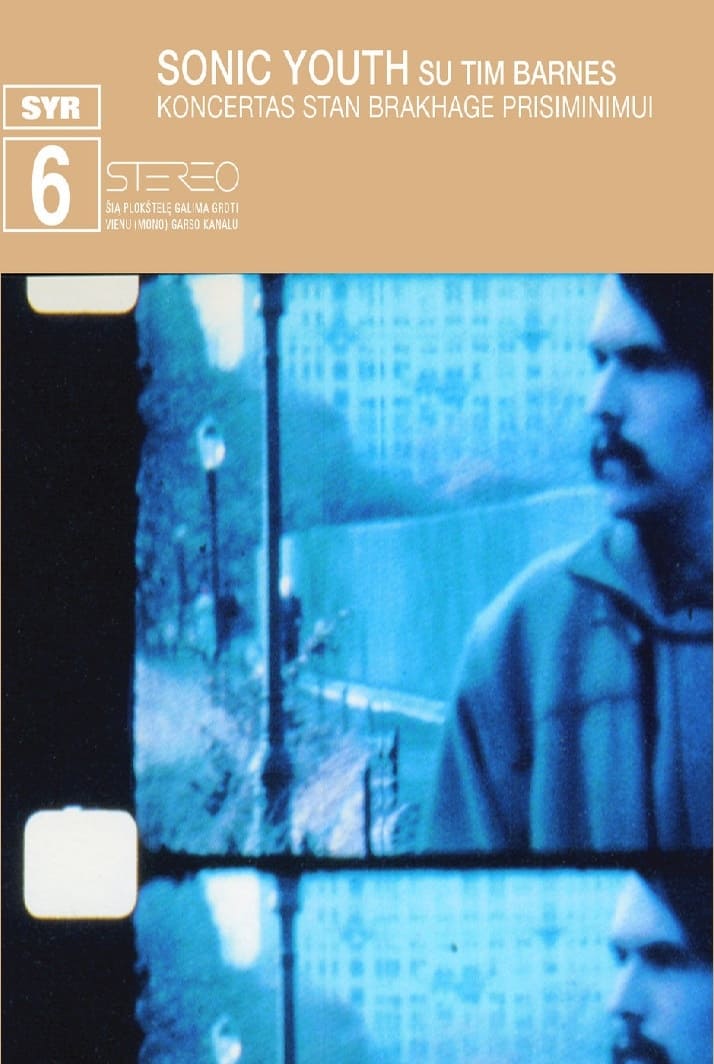
Filmed April 12, 2003 at a benefit concert held at and for The Anthology Film Archives, the international center for the preservation, study, and exhibition of avant-garde and independent cinema. In addition to screening films for the public, AFA houses a film museum, research library and art gallery. The event, which raised money for the Archives and celebrated the life and work of avant-garde film maker Stan Brakhage, featured Sonic Youth providing an improvised instrumental collaboration with silent Brakhage’s films. The band performed with drummer/percussionist Tim Barnes (Essex Green, Jukeboxer, Silver Jews).
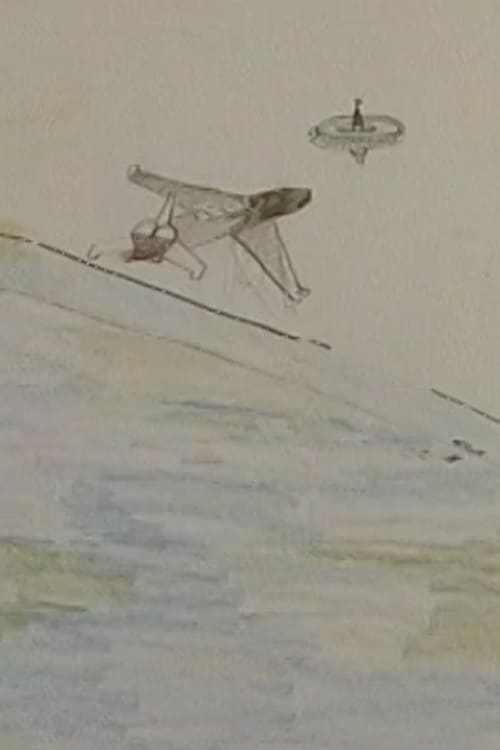
The late, legendary experimental filmmaker Stan Brakhage is the subject of this video portrait by his friends Ken Jacobs and Nisi Jacobs.The video closely documents Brakhage's last visit to New York, and captures scenes of his family life in Boulder, Colorado, affording a view of the artist that is at once candid and casual.

I shot this roll of film at a party Bard College threw when it awarded Stan Brakhage an honorary degree. A few days after he died, I dug it out and watched it again. I had meant to make Brakhage a gift of the roll, but instead it became a farewell.
Stan Brakhage is one of the most influential filmmakers in American avant-garde cinema, noted for his unflinching social commentaries and technical innovations. Over his nearly 40-year career, he has made over 200 films of varying length. He made his first film, Interim (1952) at age 18 after dropping out of college. Brakhage films seek to change the way we see. They encourage viewers to eschew traditional narrative structure in favor of pure visual perception that is not reliant on naming what is seen; rather his goal is to create a more visceral visual experience, for he believes that a "stream-of visual-consciousness could be nothing less than the pathway of the soul." To this end, his films are shot in highly sensual colors and utilize minimal soundtracks. His work can be divided into distinct periods. His first short films explored the properties and possibilities of light. In many of his experimental ventures, Brakhage has forgone traditional cinematography in favor of working directly with the film stock itself. He has occasionally painted, inked, scratched and dyed images onto it; he has also tried pasting organic objects on the film. His most famous example is the 1963 short Mothlight in which he glued moth wings onto the stock. Some of his early films were based on his most intimate experiences that included making love to his new bride--depicted on negative film--in Wedlock House: An Intercourse (1959), and an attempt to bring his dead dog back to life with a camera in Sirius Remembered (1959). During the 1960s, Brakhage's iconoclastic views were celebrated for their poetry, but during the '70s, his focus changed to social issues and he alienated many supporters with such disturbing film series as the "Pittsburgh documents" in which he presented many gruesome views of inner city life with films such as Act of Seeing with One's Own Eyes (1971) which was shot in a morgue. He also continued with autobiographical material with the "Sincerity/Duplicity series. During the 1980s, Brakhage's focus again changed--this time he became intrigued with creating truly "abstract" films such as Arabics (1982) which consists of brilliant bursts of colored light which he claims, represent "envisioned music." In addition to filmmaking, Brakhage also wrote books about films and filmmaking and also served as a teacher.
By browsing this website, you accept our cookies policy.